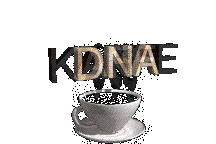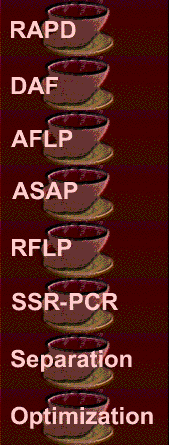
Most "quick" DNA preparations contain large amounts of RNA (sometimes 10 times in excess over DNA), so spectrophotometric DNA concentration measurements of such preparations (A260) are likely to be in error. It is advisable to remove the RNA by digesting with DNase-free RNase A, followed by removal of UV-absorbing unincorporated nucleotides via gel filtration. Alternately, RNase digestion may be followed by DNA quantitation using fluorescent intercalating dyes. Such an assay may be conveniently performed in a 96-well plate with an appropriate fluorescence plate reader.
For example, 10 µL samples of genomic DNA are deposited in wells of a 96-well assay plate compatible with the fluorescence-measuring instrument to be used. A series of dilutions of genomic DNA of known concentration are placed in the same plate. Calf thymus or salmon sperm DNA is suitable, providing the concentration is carefully determined from A260 readings taken after thorough dialysis against 10 mM Tris-HCl pH 7.5 and 0.1 mM EDTA. A volume of 100 µL of a RNase-YoPro dye mix is added [10 mM Tris-HCl pH 7.5, 1 mM EDTA, 50 mM NaCl, 1 µM YoPro iodide and 10 µg/mL DNase-free RNase A prepared according to Sambrook et al. (1989)]. The plate is incubated at room temperature for 30 min to allow RNase A to digest contaminating RNA. Fluorescence intensities of individual wells are measured using a plate fluorometer (for example Millipore Cytofluor). Excitation wavelength of ca. 490 nm and emission wavelength of ca. 510 nm should be used. A calibration curve is constructed from the readings from standard DNA dilution series, and the genomic DNA samples are quantitated using the calibration curve.
 |
|||